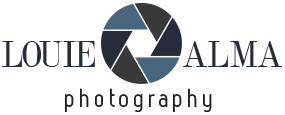The £12.99 H&M home find that Megan McKenna uses every day – it screams quiet luxury
The upgrade you didn’t know your meals needed
Are you in the habit of always letting the camera make decisions on your behalf? If so, sooner or later you’ll want to switch out of Auto and experiment with other exposure modes than provide far more control. Otherwise you’ll have difficulty expressing your creative of vision as your skills evolve.
Don’t worry: This isn’t one of those silly tutorials insisting that “you’re not a real photographer if you don’t shoot in Manual mode.” What you’ll learn instead is how and when you’re much better off shooting in either Aperture Priority, Program mode, or Shutter Priority. Of course, there’s also a discussion of Manual Mode too.
This instructional video comes from the Behind the Tripod YouTube channel— a great source of information designed to help inexperienced shooters elevate their skills. A clear understanding of how to refine exposure is essential to your growth. So pull up a chair, hit the Play button on the video, and sit back and watch instructor Steve Mill explain how the various options on your camera’s Mode dial function.
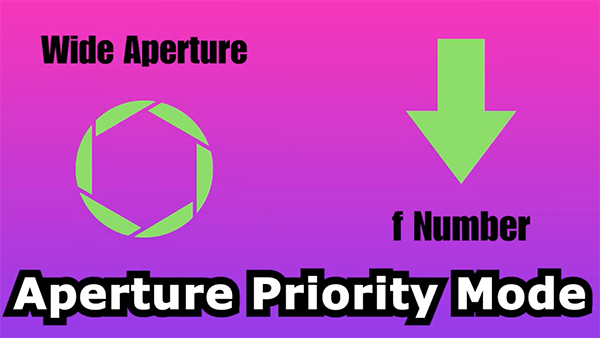
Keep in mind that that there’s no magic exposure mode that’s ideal for every situation. Thus, part of the process is understanding which option is the optimum choice, depending upon the specific subject at hand. You might even find it helpful to have a camera handy while watching Mills’ 10-minute explainer so you can cycle through the modes as they’re discussed.
Your assignment is to stop being a passenger, learn how to drive your camera, and start taking photos you’re proud of beginning today. Mills admits that the Auto mode is the easiest “and least scary” way to shoot photos while relying upon the latest camera technology to achieve a good shot. But “good” really is good enough if you want to create imagery that’s truly special.
When thinking about exposure there are three primary considerations, aperture, shutter speed and ISO. Depending upon the mode of your choice, the interplay between this trio of variables works in different ways to let the correct amount of light to hit the camera’s sensor. This simple equation is often depicted in a graphical form known as the “Exposure Triangle.”
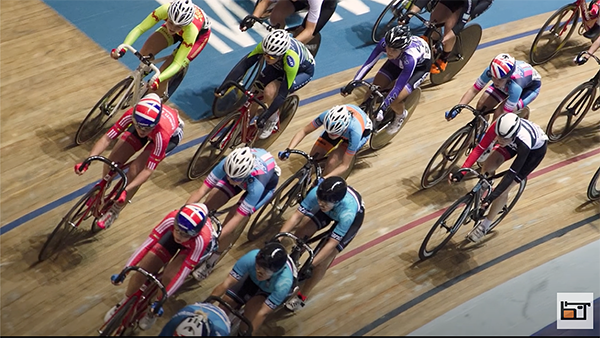
With all this in mind, it’s now time to take a deep breath, launch the quick video, and elevate your skills. Once you’re done watching head over to Mills’ instructional YouTube channel for more straightforward lessons like this one.
And if you occasionally shoot with a phone, be sure to check out our recent post with an ultimate guide to the iPhone camera and important photocentric settings.
As Hamlet one said: “To edit in color or to edit in b&w, that is the question.” Well, not really, but it’s a question you should ask yourself regardless of the type of images you shoot.
Today’s very interesting discussion will help you make the right choice, depending upon the photo in question and the mood you want to create. Photographer Dave Herring explains how he determines which way to go.
An original thinker himself, Herring’s tutorials often take a unique approach. Like other photo educators he regularly shares favorite photographic techniques, but he also addresses the cultural and philosophical values he’s acquired during his journeys.
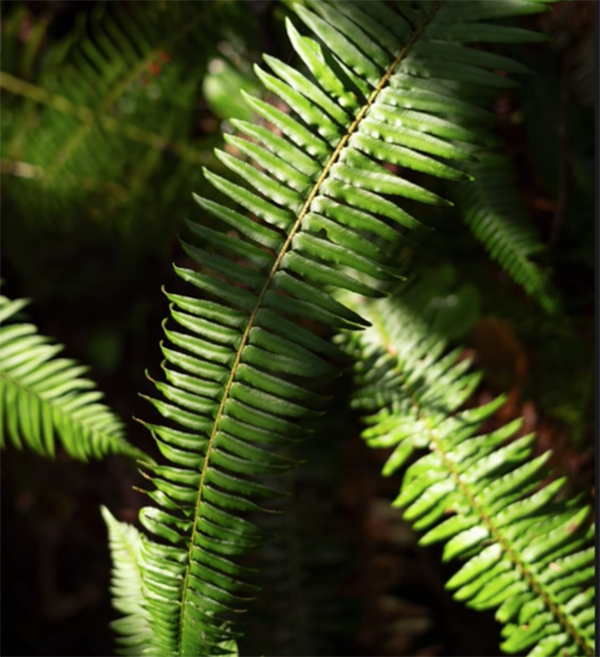
Herring says, “I’m 70% color and 30% b&w,” but when he takes the monochrome route he does so with conviction and for very specific reasons. Interestingly, he always sets his camera’s rear LCD to monochrome, regardless of whether the final edited image will be in presented in color or b&w.
For Herring the decision comes down to one simple question: “What is more interesting in this composition; is it the color or the contrast?” A secondary consideration has to do with what’s most appropriate for a particular subject; namely, is it simplicity or is it complexity? Herring’s view is this: “I find b&w to be a little more minimal, more simplistic, and a little more isolating.” Conversely, he views color imagery as complex, richer, and “more robust.”
Herring notes that today’s sophisticated processing tools enable us to present an alternate reality—regardless of whether the image one creates is monochrome or in color. His view is that b&w imagery offers abundant opportunities in this regard because we’re not required to depict reality as it is. Moreover, we’re all accustomed to viewing the world in color.
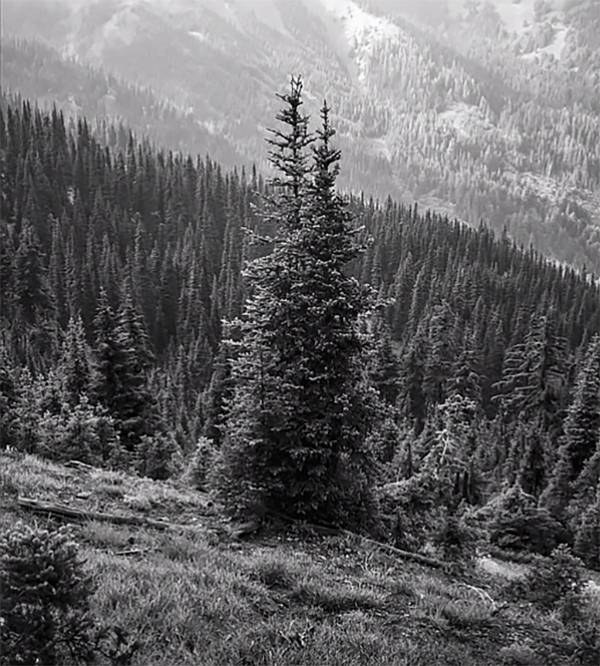
Similarly, Herring says that when editing color photos we can also create an alternate reality by manipulating color and tones. Or in his words, “We edit color photos to present our version of reality and what we would prefer to see.”
After describing his thought process Herring presents several images from a recent trip to the Olympic Peninsula—some in color and others in b&w. And then he explains why and how he took the specific approach he did. It’s all very interesting and informative. You can find more insights and techniques by visiting Herring’s YouTube channel, so be sure to do that as soon as you have time.
And for those times that you edit in color and want to get the job done quickly and efficiently, don’t miss our earlier tutorial with a basic four-minute color-grading method designed for those new to Lightroom.
Photography and painting have been around for a long time and have created a fascinating tapestry that has mesmerized people for hundreds of years. As the 19th century began, the invention of photography sparked a heated discussion among skeptics, who thought that traditional painting would soon be gone.
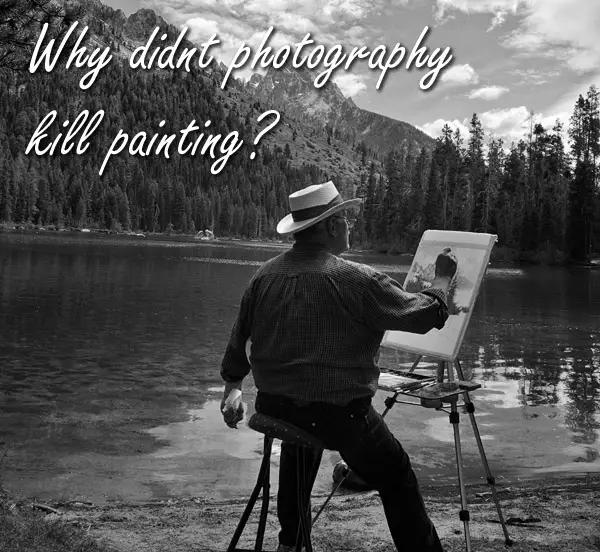
They imagined a world in which the perfect accuracy and instant gratification of photos would overshadow the painstaking work of painters, making their favorite art form less well-known. But as the pages of history turned, an amazing story emerged: that of how these two seemingly different types of art were able to live together peacefully and inspire each other.
Photography and painting didn’t compete with each other; instead, they had a fascinating conversation in which each left a permanent mark on the other’s creative journey. This led to a lasting partnership that made art better in ways that no one could have imagined.
In the world of painting, the artist’s creative journey begins with a blank canvas, an empty space brimming with potential. With each deliberate brushstroke, a vivid vision takes shape, as the artist carefully selects colors, textures, and techniques to give life to their creation.
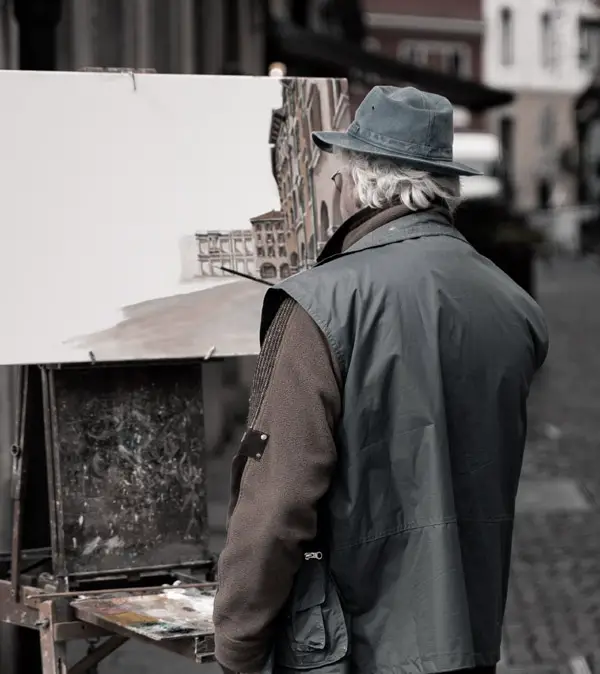
Layer by layer, the canvas transforms into a unique masterpiece that becomes a manifestation of the artist’s passion and dedication. The meticulous process of painting enables artists to infuse their emotions, thoughts, and experiences into their work, resulting in a piece that carries a distinctive identity, resonating with viewers on an emotional level.
On the other hand, photography embraces the art of immediacy, where capturing the perfect moment hinges on split-second timing. A photographer’s keen eye and artistic sensibility come into play as they seek to freeze fleeting moments in time. With a mere click of the camera, they unveil hidden beauty and evoke emotions through candid, unfiltered realities.
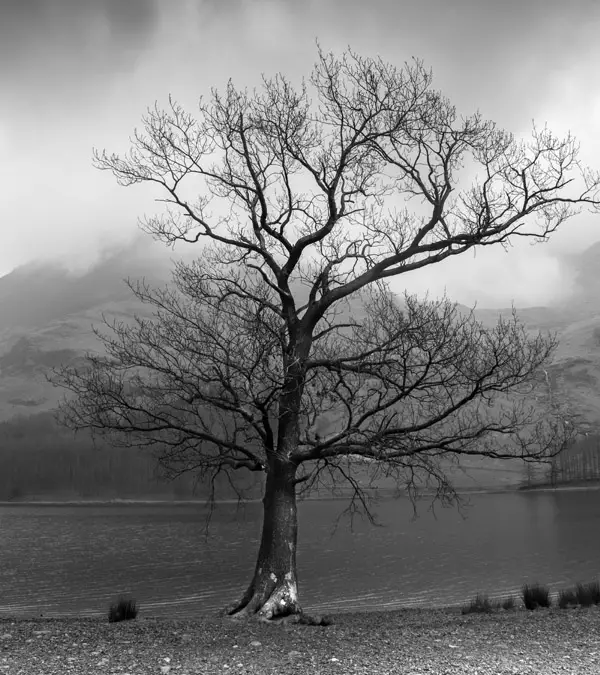
Light and shadows dance in harmony, casting captivating images that connect viewers with the essence of the captured moment. Photography’s capacity to capture raw, unposed scenes provides viewers with an unfiltered window into the world, evoking contemplation and empathy…
Painters are influenced by photography to try new techniques for realism and freezing fleeting moments, while photographers are influenced by painters to inspire more emotion in their work. The advent of digital technology has democratized photography by making it widely available, and it has also provided painters with innovative new mediums and methods to explore. Photography and painting complement one another well, expanding the expressive possibilities of both mediums.
Painting, as an art form, boasts a profound capacity for expression that transcends the boundaries of realism. Brush strokes become a dance of emotions as the artist weaves his thoughts onto the canvas. The tactile quality of the medium allows artists to infuse depth and texture into their creations, conveying meaning beyond the mere representation of objects.
Take, for instance, Vincent van Gogh’s iconic “Starry Night.” The swirling, tumultuous sky and the vibrant, otherworldly colors serve as a visual embodiment of the artist’s inner turmoil and brilliance. Such raw emotional power is something that photography, with all its precision, struggles to replicate.
One of the wonders of painting lies in its ability to be deeply subjective and open to interpretation. Unlike photography, which captures an objective moment frozen in time, a painting is born from the artist’s unique perspective and emotions. Viewers are invited to embark on a journey of individual interpretation, as they unravel the layers of symbolism and personal meaning concealed within the strokes.
Consider the enigmatic smile of Leonardo da Vinci’s “Mona Lisa.” The painting’s subject exudes an aura of mystique, leaving spectators to wonder about the thoughts and emotions hidden behind her enigmatic expression. The very act of engaging with the painting becomes an intimate, personal experience, establishing an unbreakable connection between the viewer and the artwork.
Painting is not merely an act of replication; it is a manifestation of creativity and imagination. Artists embark on a journey of discovery, daring to venture into uncharted territories of expression. This process fosters a profound connection between the artist and the artwork, resulting in a piece that bears the soul of its creator.
Unlike photography, where the click of a button freezes a moment in time, painting is a meditative endeavor. Artists invest countless hours, contemplating each stroke, infusing it with intention and thought. The result is a manifestation of dedication and passion, evident in every intricacy and nuance, making each painting a one-of-a-kind masterpiece.
Throughout history, painting has played a pivotal role in preserving cultural heritage and artistic traditions. Across civilizations and time periods, paintings have acted as windows to the past, allowing us to glimpse the values, beliefs, and aesthetics of bygone eras.
Ancient cave paintings offer us a glimpse into the daily lives and spiritual practices of our ancestors. The Renaissance period birthed masterpieces that continue to inspire and influence artists to this day. From the traditional art of the East to the avant-garde movements of the West, painting has continued to be an integral part of cultural identity and artistic legacy.
Experiencing a painting in person is a sensory journey that can’t be replicated on a digital screen. The texture of the canvas, the play of light on the pigments, and the scale of the artwork contribute to a unique emotional impact. A painting’s physical presence demands attention, inviting viewers to lose themselves in its depths and intricacies.
Take, for example, Claude Monet’s “Water Lilies.” Standing before the vast, immersive artwork, viewers find themselves transported to Monet’s tranquil water garden, immersed in a sea of colors and reflections. It is an experience that transcends the two-dimensional confines of the canvas, stirring emotions and evoking contemplation.
Rather than engaging in a rivalry, photography and painting have established a symbiotic relationship, each enriching the other’s artistic landscape. Early photographers drew inspiration from painting techniques to create their compositions, mimicking the play of light and shadow to capture emotion and atmosphere.
Conversely, painting has benefited from the precision and realism that photography offers. Artists have used photographs as references for portraits and landscapes, allowing them to capture fleeting moments and intricate details with newfound accuracy.
The relationship between photography and painting is not one of rivalry, but of mutual growth and coexistence. While photography has undeniably revolutionized the art world, painting has stubbornly held onto its significance, owing to its unique qualities of expression, subjectivity, and artistic process. The two art forms dance in harmony, inspiring one another and contributing to the rich tapestry of human creativity.
As we continue to witness the evolution of art, the enduring presence of painting stands as a testament to the human spirit’s boundless capacity for innovation and expression. As long as artists dare to dream and create, both photography and painting will thrive, each contributing its invaluable voice to the ever-changing chorus of artistic expression. Click the following link to learn about aesthetic photography.
